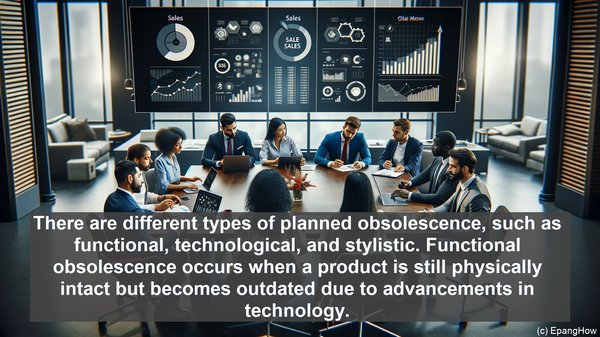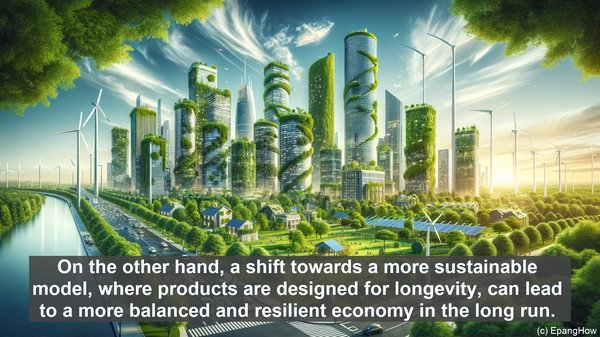Introduction: The Paradox of Consumerism
Welcome to our article on planned obsolescence and product durability. In today’s world, consumerism is at its peak, with new products constantly flooding the market. But have you ever wondered why some products seem to last a lifetime, while others become obsolete within a few years? This is where the concepts of planned obsolescence and product durability come into play.
Planned Obsolescence: The Art of Controlled Lifespans
Planned obsolescence refers to the deliberate design and manufacturing of products with a limited lifespan. It is a strategy employed by companies to ensure repeat purchases and maintain a steady revenue stream. There are different types of planned obsolescence, such as functional, technological, and stylistic. Functional obsolescence occurs when a product is still physically intact but becomes outdated due to advancements in technology. Technological obsolescence, on the other hand, happens when a product’s components or software become incompatible with newer versions. Lastly, stylistic obsolescence occurs when a product’s design or aesthetics no longer appeal to consumers’ changing tastes.
Product Durability: The Quest for Longevity
In stark contrast to planned obsolescence, product durability focuses on creating goods that are built to last. Durability encompasses various aspects, including the choice of materials, construction techniques, and overall quality. A durable product not only withstands regular wear and tear but also retains its functionality and appeal over time. From a consumer’s perspective, a durable product offers long-term value, reducing the need for frequent replacements and ultimately saving money.
The Consumer’s Dilemma: Balancing Longevity and Novelty
For consumers, the choice between a product designed for obsolescence and one built for durability can be challenging. On one hand, there’s the allure of the latest gadget or fashion trend, which often comes with a limited lifespan. On the other hand, there’s the appeal of a timeless, well-crafted item that promises years of use. This dilemma is not just about personal preferences; it also has broader implications for the environment and sustainability.

The Environmental Impact: E-Waste and Beyond
Planned obsolescence, with its emphasis on frequent replacements, contributes to the growing issue of electronic waste or e-waste. E-waste not only takes up valuable landfill space but also poses environmental and health hazards due to the presence of toxic materials. On the other hand, products designed for durability, with their longer lifespans, can help reduce the overall waste generated. Additionally, the manufacturing processes involved in creating durable goods can also have a lower carbon footprint compared to the constant production of short-lived items.

The Economic Perspective: Growth vs Sustainability
From an economic standpoint, planned obsolescence can be seen as a driver of growth. By constantly introducing new products and enticing consumers to upgrade, companies stimulate demand and generate revenue. However, this model is not without its drawbacks. The overconsumption it promotes can strain finite resources and perpetuate a cycle of waste. On the other hand, a shift towards a more sustainable model, where products are designed for longevity, can lead to a more balanced and resilient economy in the long run.
